The new BYD Seagull is a tiny electric hatchback from the world’s fastest-growing car maker, promising to be one of China’s cheapest passenger EVs.
Touting compact dimensions that make it roughly the same size as the Fiat Panda, the four-seat Seagull sits underneath the similarly styled BYD Dolphin hatchback, which was recently confirmed for a UK launch in 2023.
Details are thin on the ground as the Seagull makes its debut at the Shanghai motor show, but given that BYD has already added the Dolphin, Seal saloon and Atto 3 crossover to its European line-up, it's possible that it could bring the Seagull here too, as a rival to the ageing Volkswagen e-Up.
However, it's worth nothing that BYD’s Australian importer has ruled out importing the Seagull in 2023, which suggests that right-hand-drive variants aren't a priority.
It measures 3780mm long by 1715mm wide and 1540mm tall and looks to major on manoeuvrability and agility, with ultra-slim overhangs at each end, a short bonnet and an upright rear end.
Stylistically, it’s an obvious relation of the Dolphin and Seal as the latest entrant into BYD’s Ocean EV family. Each was penned by BYD Group head designer Wolfgang Egger - best-known for the Alfa Romeo 8C Competizione, Seat Ibiza and several Audi and Lamborghini models.
Like the Atto 3 and Seal, the Seagull rides on BYD’s newest, third-generation EV platform, and while the company hasn't yet published official specifications, reports out of China – based on leaked information – say it will offer a choice of two front-mounted single motors, one with 74bhp and the other with 100bhp, and a choice of two batteries: 30kWh for 190 miles of range or 38kWh for a highly competitive 252 miles.
Innovatively, the 30kWh version is the first BYD EV to use sodium-ion battery chemistry, which makes it cheaper to manufacturer and less vulnerable to cold temperatures, at the cost of lower energy density and a slower charging rate.
Inside, the Seagull accommodates a downsized version of its siblings’ distinctive cockpit design, complete with a 12.8in central touchscreen – which can swivel at the touch of a button – and a fully digital 5.0in gauge cluster.
As for pricing, Chinese media reports the Seagull will hit the market at the equivalent of just £7730 - around half the price of the UK’s cheapest petrol car.

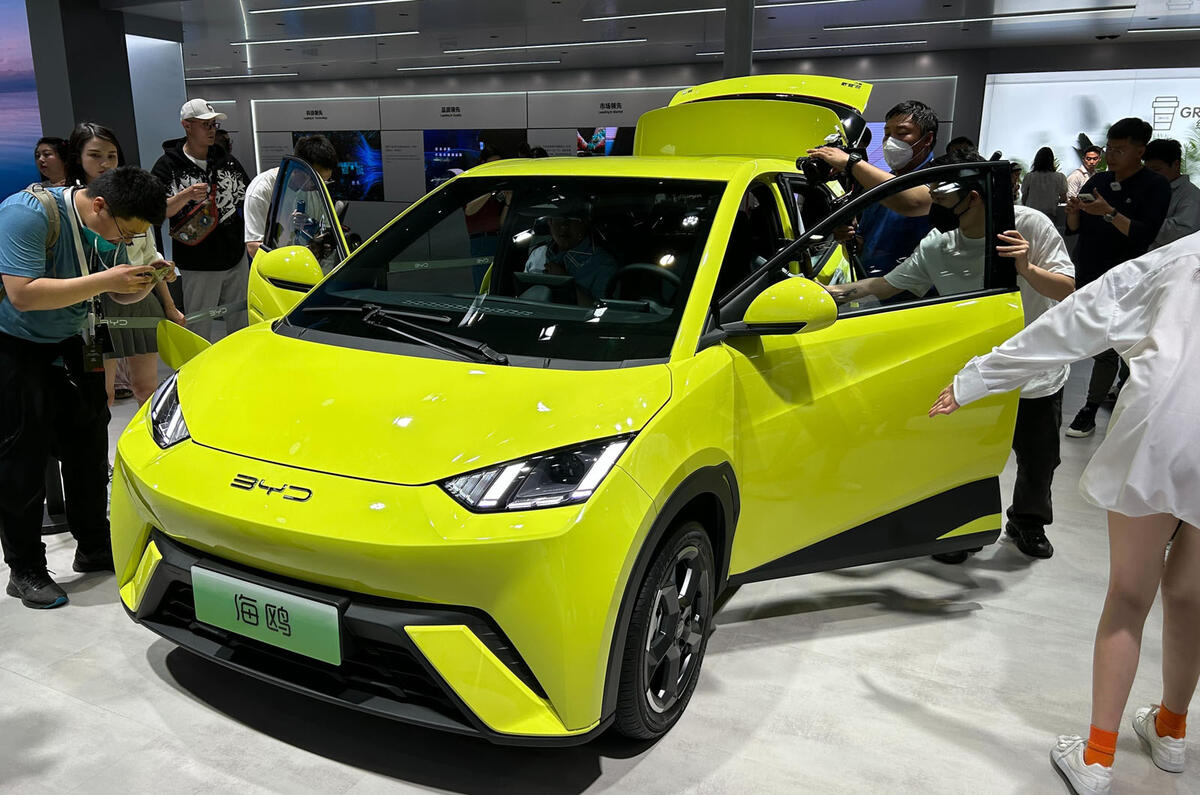
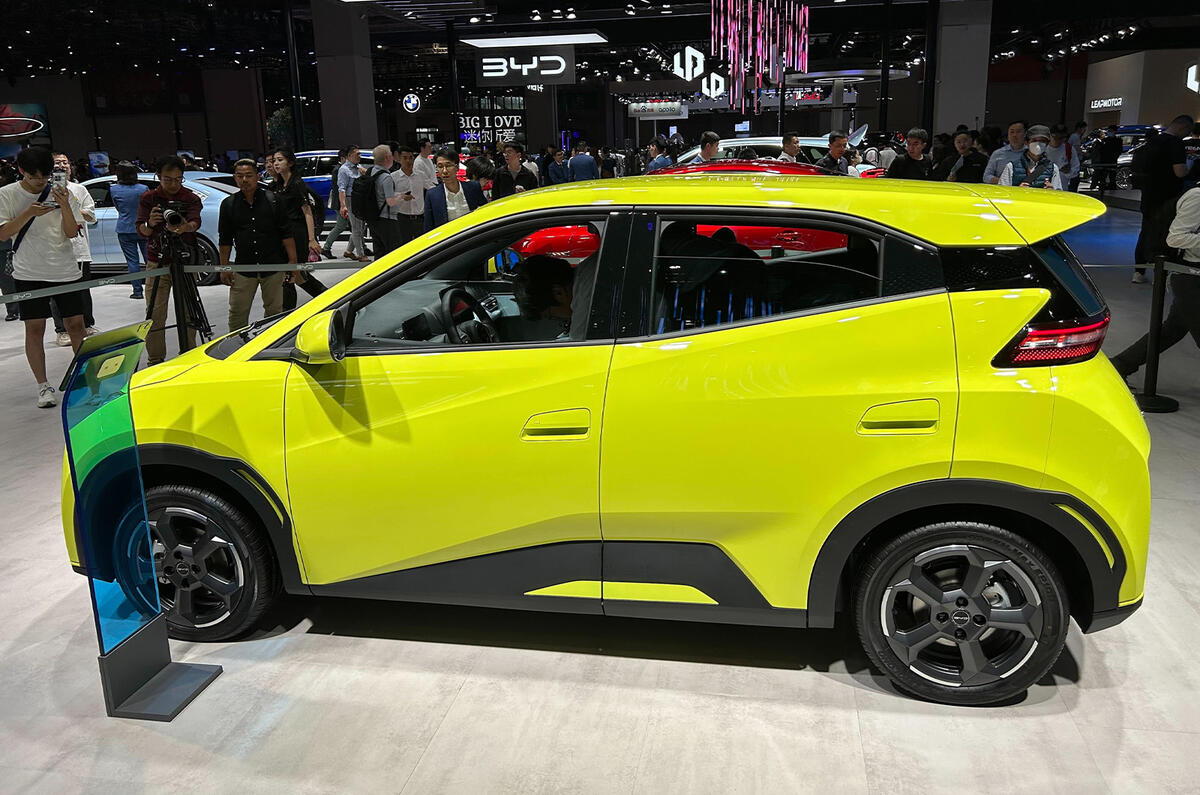
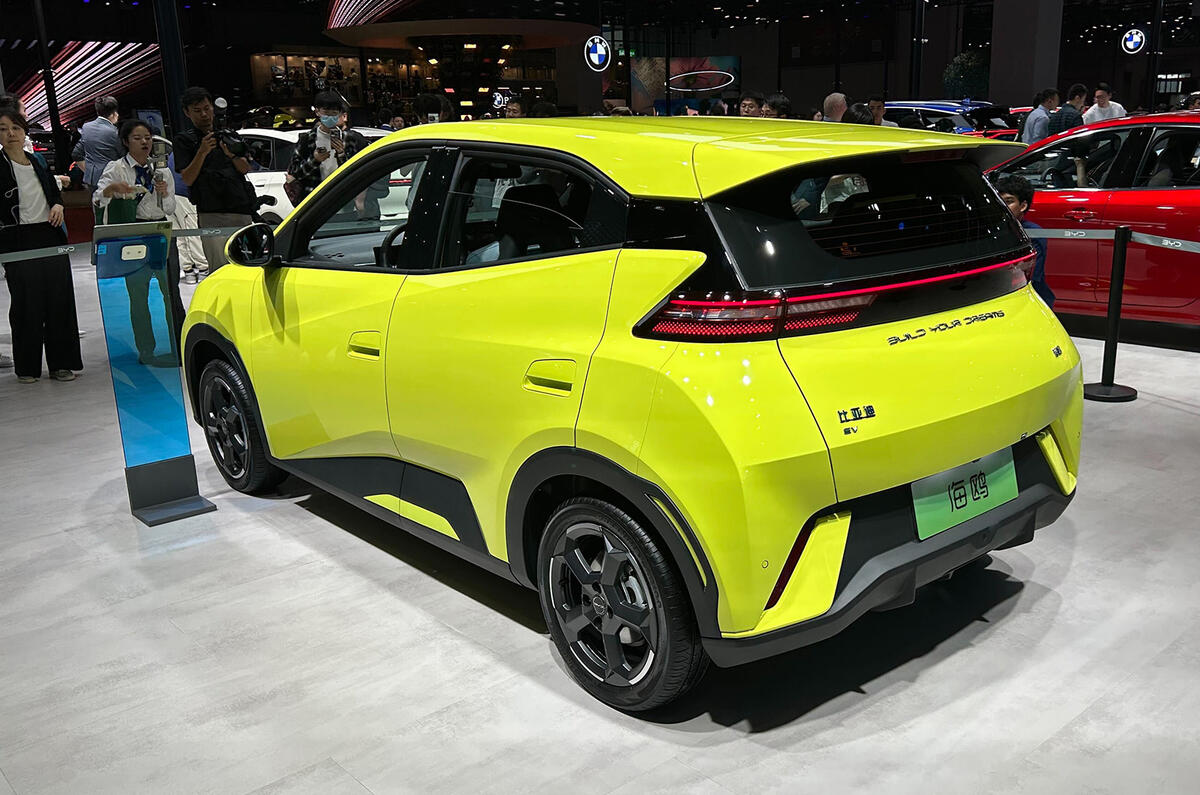

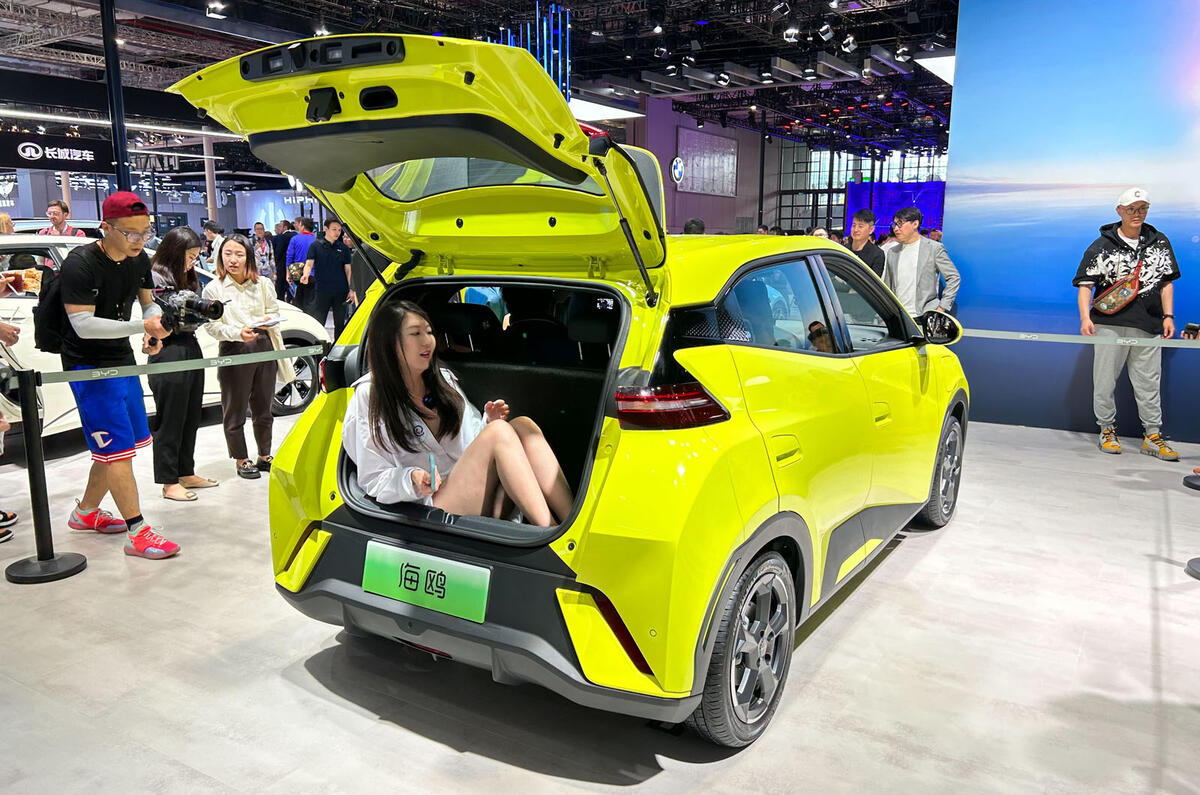
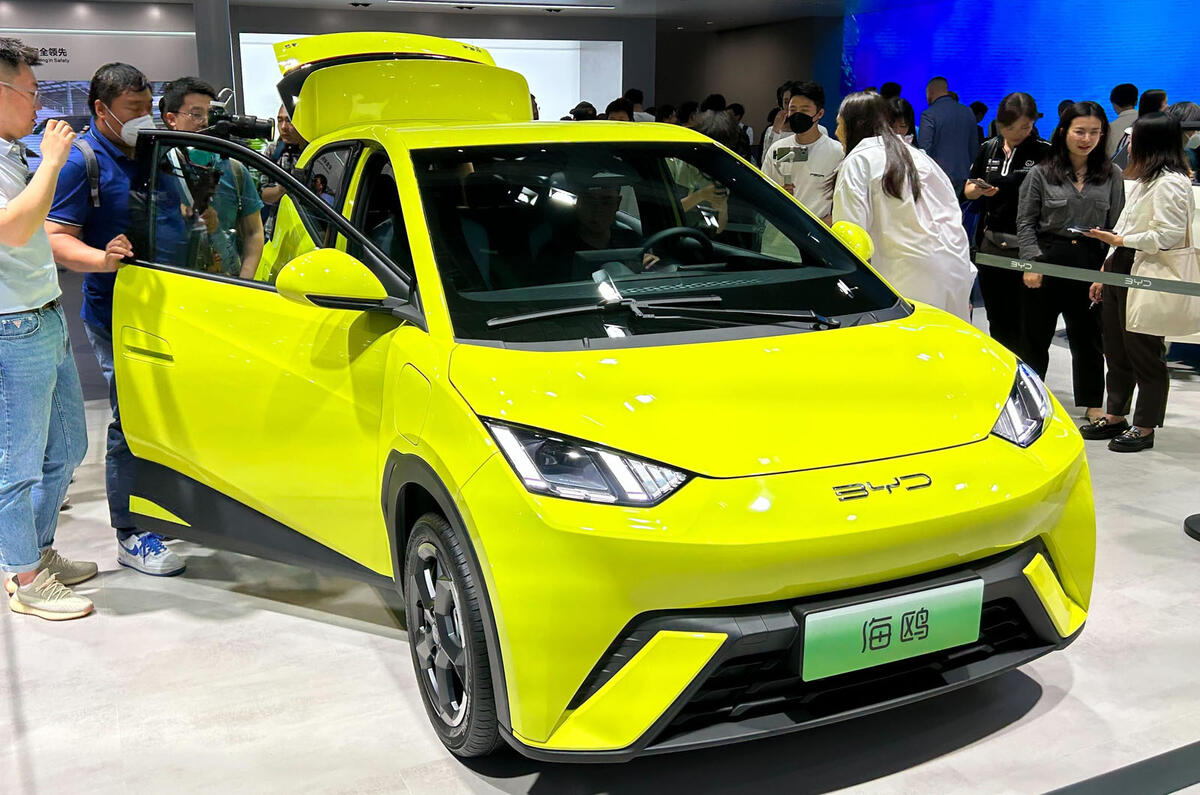
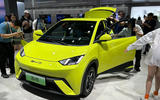

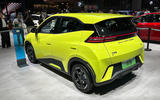

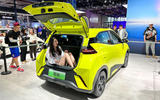







Join the debate
Add your comment
I think Chinese makers still use the old NEDC (New EWuropean Driving Cycle) for fuel consumption / emisions purposes, so range figures are usually a bit optimistic!
I think Chinese makers still use the old NEDC (New European Driving Cycle) for fuel consumption / emisions purposes, so range figures are usually a bit optimistic!
190 miles / 30kWh = 6.3
6.3 * the extra 8kWh = 50.6
so it doesn't look too far off... I would guess for the "testing" this extra 8kWh was just used to keep the cars speed up rather than accelerating, so the 62 claim is probably within the margins of error.
totally agree though that real world usage it aint going that far haha
What a fabulous little car and I for one would be happy to buy one even at double the price. The tragedy is why can't European makers produce something similar? Not everyone wants an overweight, oversized, overpriced premium EV and so far the only European manufacturer who has shown willing is Dacia. But surprise surprise this isn't considered premium enough (or profitable enough) to suit the British market.